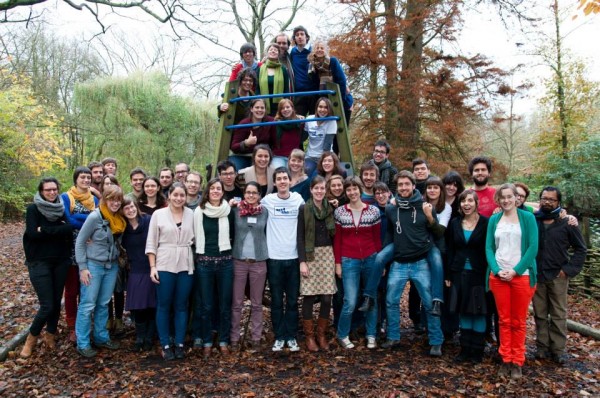Have you ever thought about who earns money from the use of local plant species from South America for a commercial medicine produced in Northern Europe? Or who possess these plants the medicine is made out of and the way the plant is used? To be honest, I didn’t before I attended the Master class of Sustainable Development in Belgium organised by the environmental organisation Act4Change.
When you can’t earn money with something, it isn’t attractive to start with it. That particular idea was the main inspiration to introduce the system of patents in Europe. Although the ancient Greeks already started with something that is related to our patent system today, it is a hot topic nowadays. Patents are mainly introduced to stimulate the creativity and inventiveness of companies and people. A patent is a form of protection that provides a person or legal entity with exclusive rights for making, using or selling a concept or invention and excludes others from doing the same for the duration of the patent. You can buy a patent for transgenic modified animals, plants or single human genes, but not for specific plant breeds for example. A product or idea has to be new, inventive and be able to be used in some kind of industry in order to be patented.
To come back to the question that opens this article, I would like to present the biological view of the world as a gene pool. The genetic sources we have on this earth are in fact the health insurance and security for our future. Every single gene available can help us find a medicine against diseases now, and especially in the future. In the Northern hemisphere, most of the genetic richness of the Earth is collected in certain gene banks. Those banks can become very important in the future. Perhaps a disease will break out and affect all the corn of the world and the corn disappears, than we can make new corn out of the genes we have. Most of the genes in the genetic bank come from the South, because that hemisphere has a higher level of biodiversity in comparison with the Northern hemisphere.
The link with patent rights is that researchers from the Northern hemisphere can come to the rain-forest and bring back plants with traits that help them to find a medicine against a disease. By getting a patent, they can earn a lot of money by producing the medicine, because no one else is allowed to produce that particular medicine. At the same time, the local people in the rain-forest didn’t get any money from a treatment they may have been using for ages, and that is now copied by the researchers. The question is if and how the local people should benefit from it as well. Who owns the world and who should benefit from what is growing on it? In the case I described above, it should not be allowed to get a patent for it, because it is not a new kind of medicine, but a treatment already used for ages. Still, the patent is given is many cases. A lot of times the discussion within the group ended with: is it ethically justified that our economy is purely money and benefit based?
Well, that is quite a big question to answer and I won’t burn my fingers on it right now. But there is something changing for the good in this process of granting patents. Recently there is a Protocol composed that aims for the equitable and fair share of the benefits arising from the using the genetic resources. This international agreement is named the Nagoya Protocol, and is part of the Convention on Biological Diversity. The European Union is now in the implementation phase of the Nagoya Protocol, and we should make sure that the practical outcome of the protocol will be fair for the whole world.
Written by Iris Hordijk, Policy Officer on Sustainability



